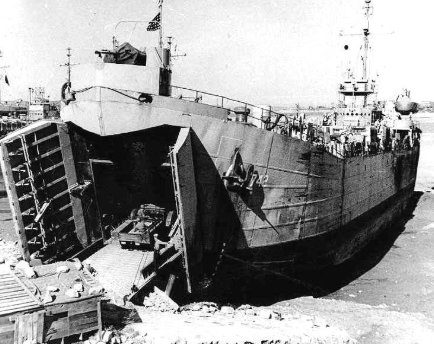I like this picture below because it gives a person an idea of how big an aircraft carrier really is when you see it beside a huge oil tanker and a navy destroyer. This aircraft carrier has a 5 acre flight deck and that is about the size of a Walmart super center parking lot.
The tanker in the middle is about the size of a WW-2 battleship. When the tanker would pull up alongside to refuel us they ran 4, 8 inch diameter fuel hoses over to the carrier and if I remember it would take over an hour to fill our tanks with more than a 100,000 gallons of fuel. The destroyers that were always with us would run out of fuel before we did, so they would pull up alongside us and we would transfer fuel to them. The carrier would be moving along nice and smooth, while the destroyers would be bobbing like a cork at times. I never understood how they could ever get a meal served or any electronic maintenance done with the constant plowing through rough seas that didn't bother us at all. I don't know how they kept their meal trays on the tables in the galley. Someone told me once that when they had soup it was served in a covered container so they could sip it like coffee. I don't know if that was true or not.
I remember once I had to go by ship from Subic Bay Philippines to the gulf of Tonkin to meet up with the carrier. It was an LST (landing ship tank) it had a flat bottom so it could go right up to a shoreline to land troops and tanks. Without a sunken keel that thing rocked and rolled so much that the bunks for the troops had safety belts on them and they needed them. Otherwise a man could get thrown out of the bunk and onto the floor. It took almost 3 days to get to the gulf and I remember the configuration of the ship was odd. The center was a cavernous open space that took up most of the ship so they could pack multiple tanks and trucks for landing support.
This below is a picture of an LST. You can see there was not much room left for the crew and the troops.
The normal crew was slight in numbers and everything for them was on the starboard side, while the port side was for troops. Because the entire center was for tanks and vehicles and sealed off to keep water from getting into the living and working spaces there was no way to get from the port side to starboard that I could find, so those of us in the troop compartment had to go up ladders to the main deck, cross over and then down more ladders into the ship's galley to eat. The galley was adequate for ship's crew, but far too small for everyone to eat when there were troops aboard. I was lucky that my days aboard were clear and warm, but I could only imagine transiting in bad weather with a few hundred troops aboard. Just the numbers we had were enough to be standing on deck waiting to go down the ladders to the galley. Then again a few hundred army or marines on that ship, in foul weather would probably be too sick to eat much.
Copyright Bill Weber 2018 and beyond.


No comments:
Post a Comment